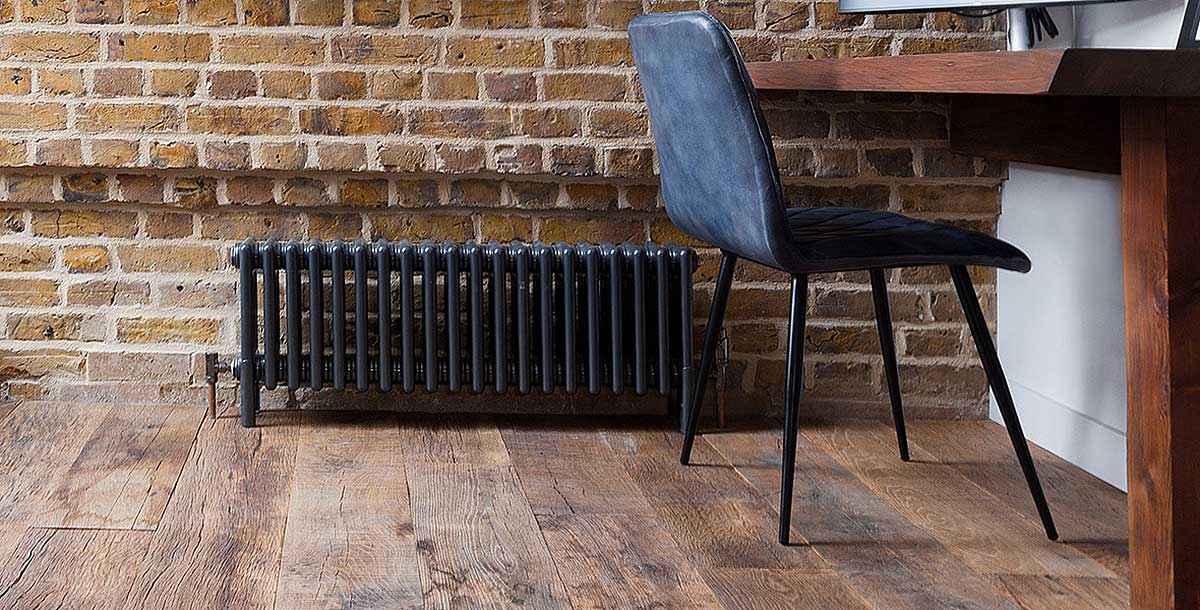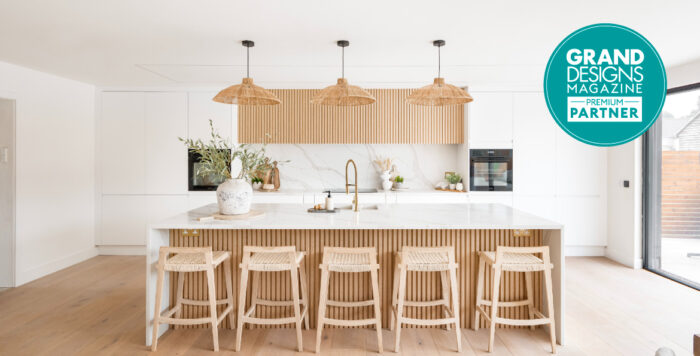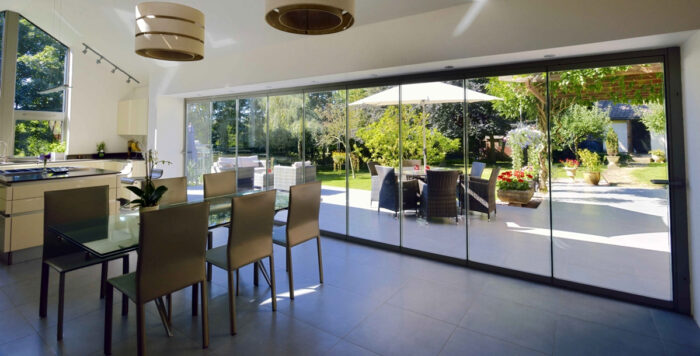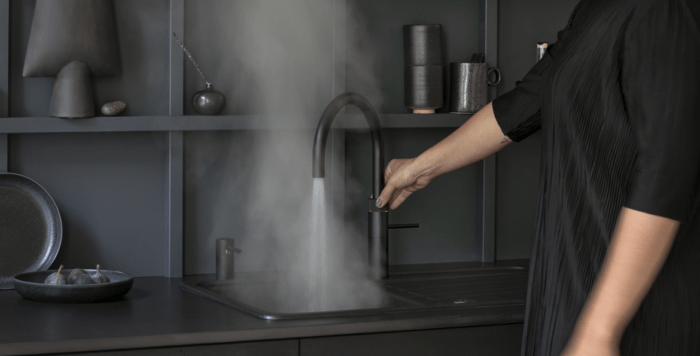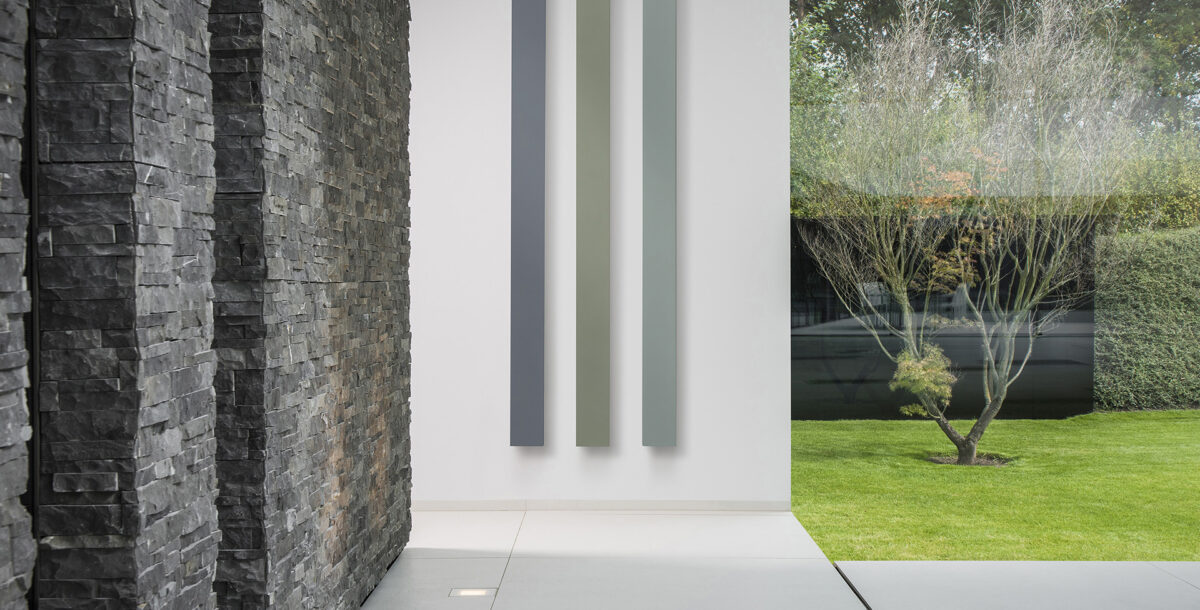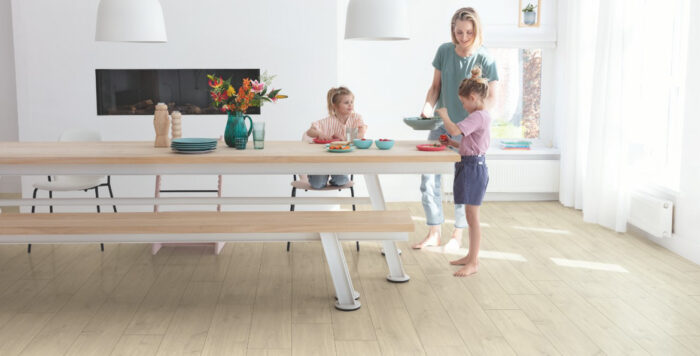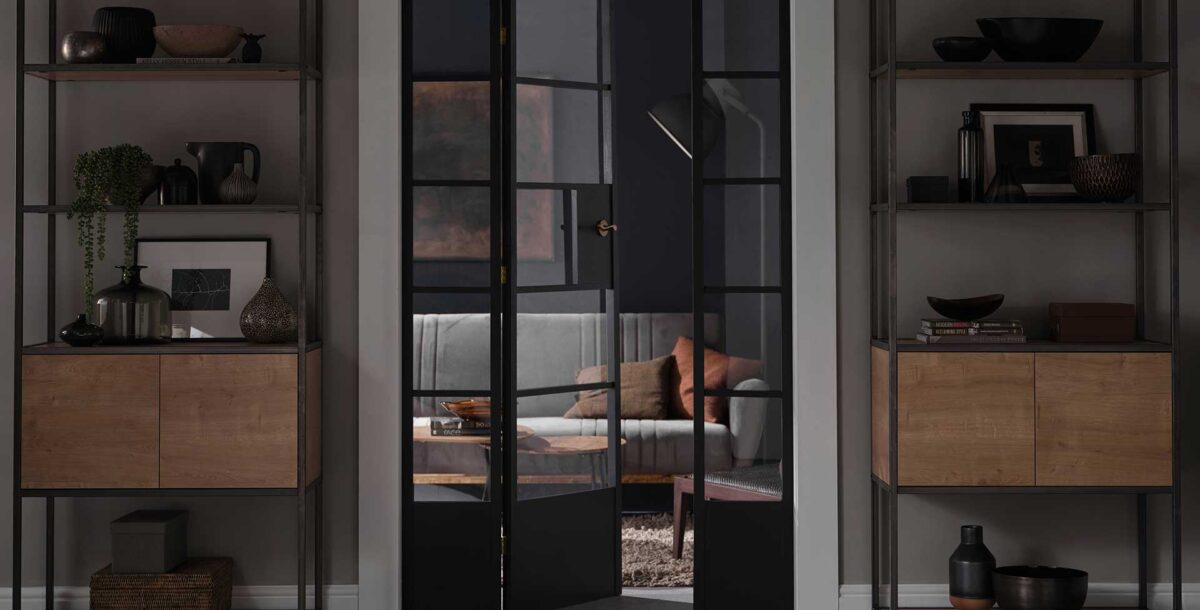Wood flooring: a buyer’s guide
The pros and cons of different types of timber, plus installation tips
Wood flooring is an eco-friendly investment that can last a lifetime. Whether the natural appeal of solid boards, the versatility of engineered planks or the sustainable qualities of reclaimed wood, there are options for almost all spaces and every style of home.
Whichever wood flooring you choose, make sure any new product is Forest Stewardship Council (FSC) or Programme for the Endorsement of Forest Certification (PEFC) certified. This guarantees it is from a responsible source.
Planks, boards and blocks
Solid wood flooring looks glorious for many decades. Even when wear and tear become noticeable, the surface can be sanded back and refinished to look like new. Hardwood species such as oak, walnut and teak are durable and scratch-resistant options for busy spaces. Softwoods such as Douglas fir, pine and larch are less robust but great for the dining area, upstairs landing and bedrooms.
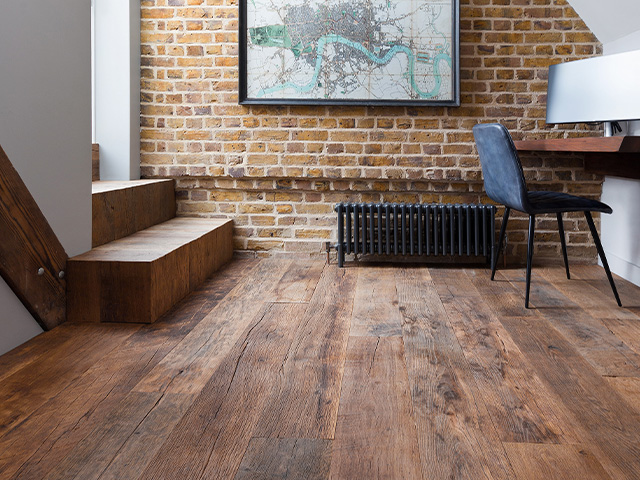
Rustic oak boards from the Reclaimed Flooring Company
Design ideas
Both planks and blocks can be supplied pre-finished or delivered untreated to be customised on site with the finish of your choice. Herringbone, chevron and geometric-block wood flooring suit spaces of any size. And timber blocks with square edges create a seamless look. While traditional hand-rolled edges define each block, emphasising the pattern.
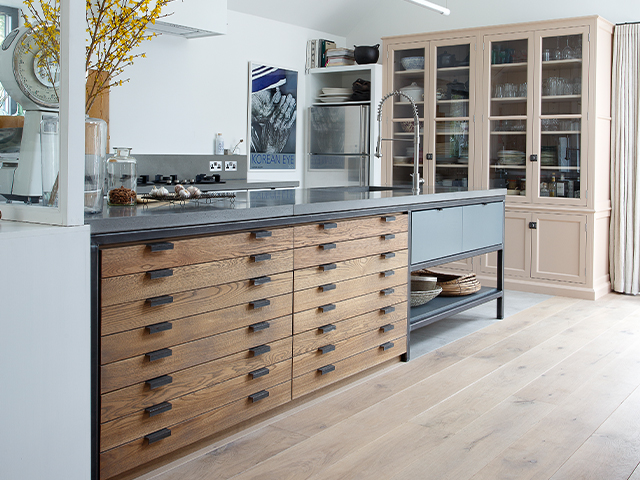
Pale oak boards from Russwood
Go for multi-layers
Engineered boards have a top layer of solid wood that is bonded to several layers of softwood. This gives a wooden floor great stability and allows it to cope with a certain amount of heat and humidity. Tongue and groove edges make the boards easy to fit together. There are a variety of species and finishes available.
Sign of quality
The depth of the hardwood top layer is a good indicator of quality. A greater depth allows for sanding back if necessary. It also looks, sounds and feels more like solid timber. Aim for at least a three millimetre-deep top layer.
‘Sanding back is not a good idea with thicknesses less than three millimetres. But at anything between four to eight millimetres, it can be sanded several times over its life span,’ says Peter Keane, director of The Natural Wood Flooring Company. Some engineered floors can be more expensive than solid timber. You can expect to pay from £30 per square metre for budget oak.
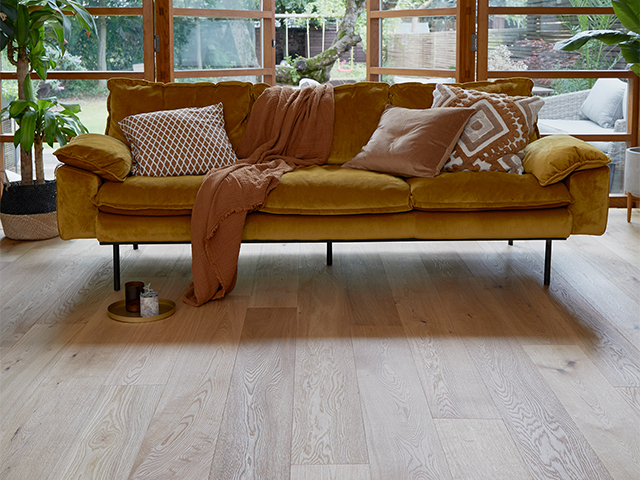
Oak boards with grain pattern from Lifestyle Floors
Salvaged wood flooring
Reclaimed flooring, whether solid, engineered or block, has a sense of history and a patina that’s difficult to replicate with new timber. And wood that’s more than a century old is particularly suitable for high-traffic areas, as its tight grain is extremely durable.
‘Choosing this type of floor is about a lot more than simply buying character,’ says Robert Walsh, founder of Ted Todd Fine Wood Floors. ‘Doing so helps to preserve forests by decreasing the need for new timber. It offsets the carbon footprint of producing a new floor.’
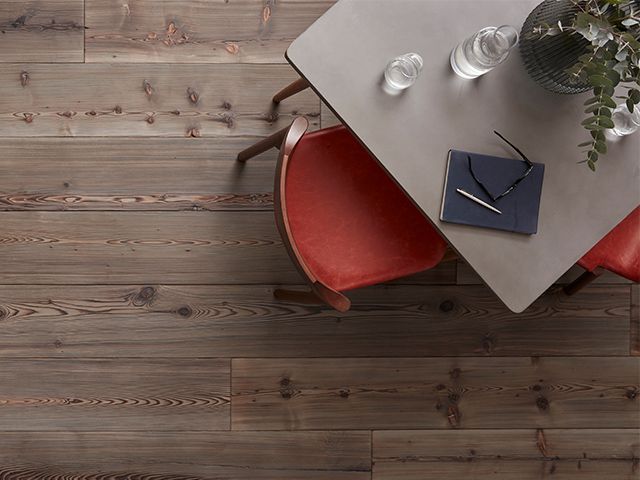
Vintage timber flooring from Ted Todd
Installing wood flooring
Engineered floors are more forgiving than solid timber when it comes to tolerating extremes of moisture and temperature. Laying solid wood over underfloor heating or in areas of high humidity is not ideal. Whereas this is not such an issue for engineered boards. Nevertheless, always check with your flooring supplier before buying if you want a floor laid over underfloor heating or in a bathroom.
Before installation, the sub floor must be flat, smooth, stable and completely dry, while new-builds and renovated homes must be given time to allow plastered walls and concrete surfaces to dry out. And make sure the damp proofing of your home is sufficient and effective.

